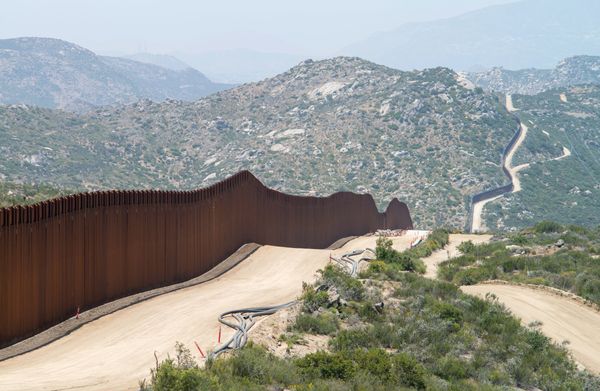
Failing to stop the spread of an outbreak of invasive fire ants in south-east Queensland could cost the Australian economy more than $1bn a year, including damage to high-value crops, infrastructure and homes.
A previously unreleased cost-benefit analysis, commissioned by a steering committee managing the outbreak of red fire ants and obtained by Guardian Australia, says eradication of the species provides “much higher returns” than suppression measures that simply limit its spread.
The study says the spread of the ants, which were first detected in Brisbane in 2001, would cause “cascading negative impacts on future generations”.
Australian governments have a $400m eradication program but, despite the investment, red fire ants continue to spread. Finds on the Gold Coast have raised concerns the pests are moving quickly towards New South Wales.
“Fire ants are just a few kilometres from the NSW border and, when they break out, they can quickly spread everywhere in Australia,” said Reece Pianta from the Invasive Species Council.
The report, by economists at Central Queensland University, modelled the economic impacts of the spread of fire ants if their invasion progressed at 5km a year, and a “maximum” spread of 48km a year.
In the first scenario, the pests will have reached high-value farmland in the Darling Downs by 2035. In the worst case, fire ants reach the Liverpool plains and the northern outskirts of Sydney in the same time period.
By 2035 the annual cost to the economy in the 5km invasion scenario was about $890m, increasing significantly year on year. Under the 48km scenario, the costs would be about $1.2bn a year.
The biggest cost would be to households, including the cost of pesticides, veterinary bills and electrical faults.
“There are much higher returns available from eradication options compared to suppression options, largely because suppression would still lead to large impacts by [2035], especially on households and agriculture,” the report said.
Pianta said the report supported calls for more investment in eradication measures. “The cost of action on fire ants is far cheaper than the cost of living with fire ants,” he said.
“Fire ant damage predicted in the report is becoming a reality in southern Queensland. Fire ants are closing playing fields, garden centres and parks, impacting cane fields, schools, housing construction and natural habitat.
“If we do not urgently step up eradication efforts, we face the fire ant future being experienced in the United States where fire ants cost $7bn per year in damage and control.”
According to the Queensland government, fire ants may have arrived in Australia – possibly via shipping containers from the Americas – decades before they were detected.







